Movies in my LYNDA/LINKEDIN-LEARNING ‘Tips & Tricks’ series covering counterpose & leading actions assembled into a virtual course. BTW, check out my patreon, there’s going to be a lot of animation resources posted there!
COUNTERPOSE / TORQUE
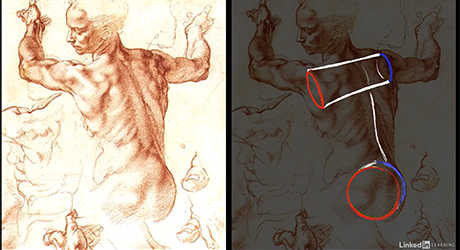 |
1: RENAISSANCE
Artists have known for centuries that by rotation the hips and shoulders relative to one another, a sense of dynamic motion can be created, even in a static pose. Michelangelo is the most famous example of this principle.
|
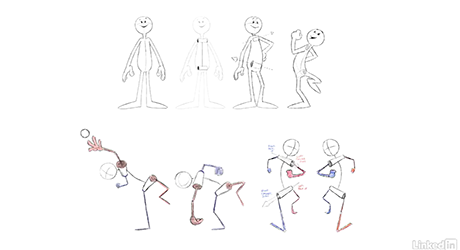 |
2: COUNTERPOSE TOONS
By applying this ancient method to motion we can accentuate the dynamism of poses and actions, whether a character is standing still or in motion. Hips and shoulders are often in opposition, not just to look cool, but for the character to remain in balance.
|
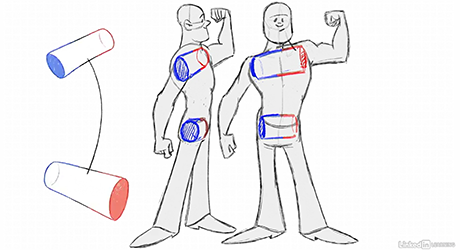 |
3: FIGURE
More examples of the character with shoulders and hips superimposed to illustrate the principle of torque, or counterpose. You can call it ‘contrapasto’ if you want to sound like an obnoxious client I had many years ago. (Don’t do this).
|
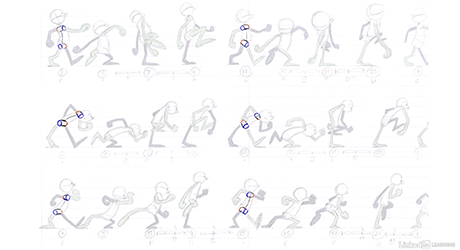 |
4: COUNTERPOSE IN WALKS
Walks and runs are a great use-case of counterpose, as the character is in constant opposition throughout those actions. This is natures way of keeping us from falling over and breaking our bones. Stay counterposed!
|
LEADING ACTIONS & BREAKING JOINTS
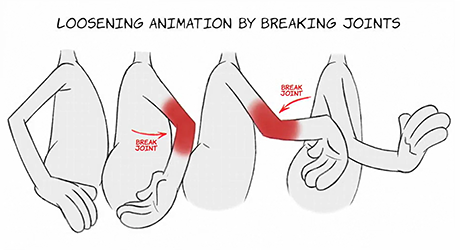 |
1: BREAKING AN ELBOW
If you wonder how the classic animators got that fluid feeling to their work, one of the tricks they used was the use of leading actions and breaking of joints. By snapping a limp in a way that is often unanatomical, the sensation of ‘cartooniness’ is created.
|
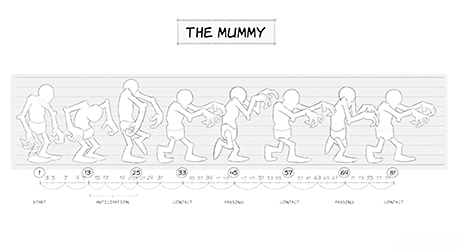 |
2: MUMMY WALK
Leading actions can be used to create particular effects – in this example a classic 1930s era Boris Karloff mummy walk is produced by leading the action with his elbows, and then his wrists.
|
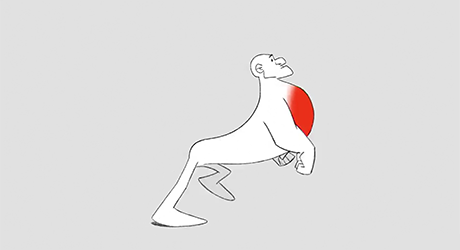 |
3: LEADING ACTIONS ON WALKS
Any body part can ‘lead’ a walk. This short movie shows three examples, each created a drastically different emotion in the character. Note that this technique is also used in live action acting and dance, it’s not just animation that uses it.
|
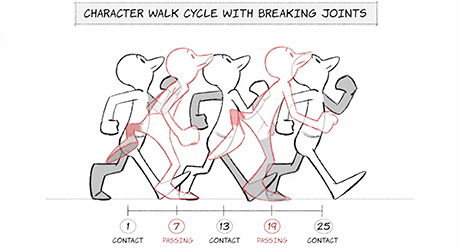 |
4: BREAKING JOINTS ON WALKS
How far can breaking go? Far! This technique can get lost in Flash/Harmony puppet systems, as animators tend to ‘animate to the puppet’, avoiding things that might break the puppet rig in the program. When we draw there is no such issue.
|
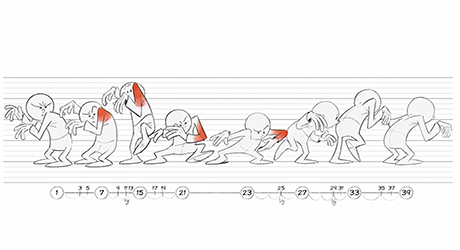 |
5: PERSONALITY
It cannot be stressed enough that leading actions and breaking joints can be used to create character and personality. By selective use of leading and breaking we can make a character confident, sneaky or any emotion we like.
|
For more courses there’s a masterlist of classes, covering traditional principles as well as how to animate in Photoshop, Flash-AnimateCC, Harmony and After Effects. For new movies dealing with the free design/animation app KRITA, subscribe to my youtube channel and check out my patreon!










